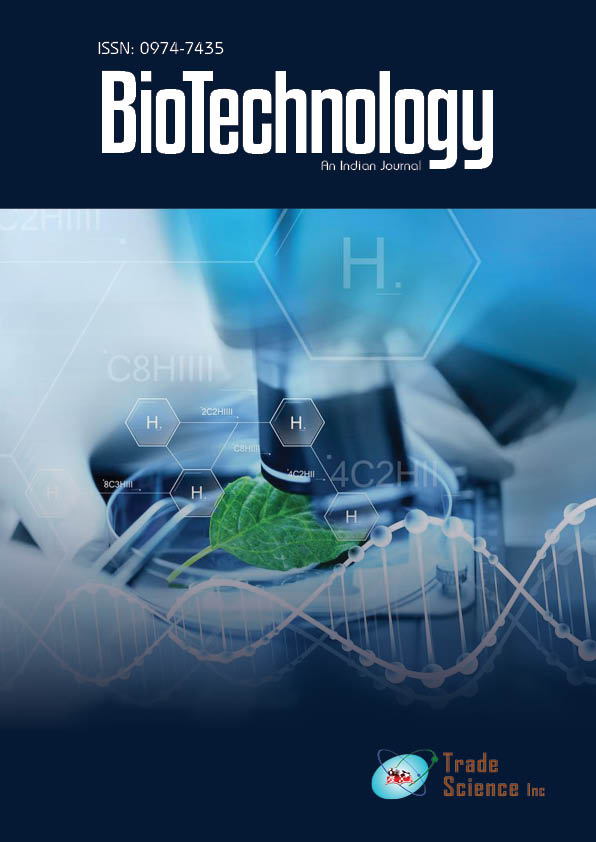Abstract
Enhanced production of poly(ã-glutamic acid) from a newly isolated Bacillus sp. using statistical approaches
Author(s): Ajay Kansal, Rishi Pal MandhanThe Bacillus strain having the potential for the production of ã- polyglutamic acid (ã-PGA) isolated from soil samples was used in this study. Statistical experimental methods were used to study the effects of various cultural components on the production of ã-PGA. Primarily, the Plackett-Burman experimental designwas used to examine the effect of 11 variables and to find the significant variables. The four most significant factors (glutamic acid, glucose, glycerol and (NH4)2SO4) determined on the basis of the results of the Plackett-Burman experimental design were further studied by a 23 full factorial Central composite design (CCD) and Response surface methodology (RSM) to find their true values and the interaction effect. On the basis of the P-values (P<0.005) the linear and the squared coefficients of all the four factors were found to be significant. The interaction effect of glucose and glutamic acid was also found to be significant. The optimized composition of the four medium components derived from RSM regression was (g/l) glutamic acid, 60; glucose, 39; glycerol, 25; and (NH4)2SO4, 7.5.With this composition ã-PGAproduction reached 35.54 g/l. TheAnalysis of variance (ANOVA) showed a high coefficient of determination (R2= 0.9725) which indicated a good adequacy of the quadratic model with the experimental data. The molecular weight of the purified ã-PGA produced by Bacillus licheniformisMTCC 10520 was estimated at 173.98 kDa.

